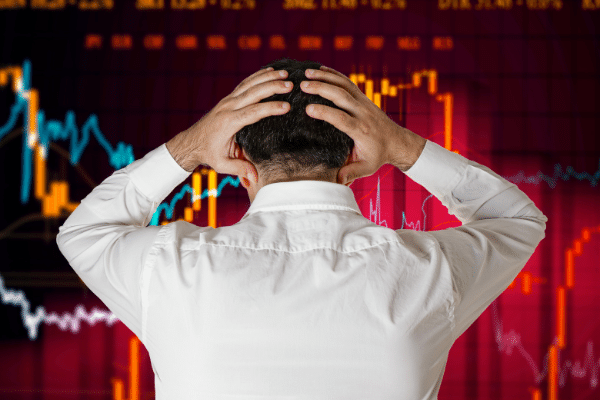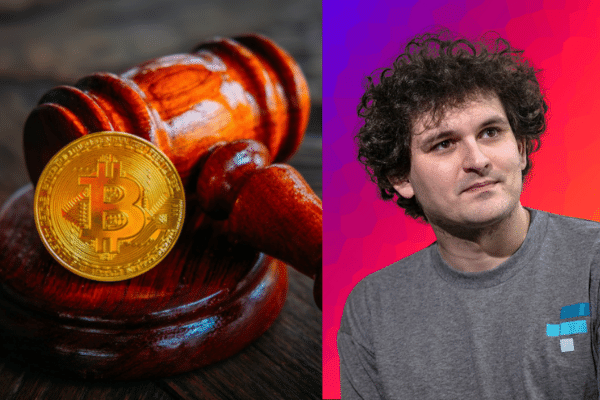
-
Investors continue to buy the dip on U.S. stocks and this could be because there are few alternatives out there as well as the resilience of the U.S. economy.
-
American consumer sentiment and consumption appears to continue supporting the belief in the resilience of the U.S. economy, but prices cannot keep rising indefinitely, despite an apparent willingness to accept it for now.
Despite the hottest U.S. inflation print last week in over four decades, the benchmark S&P 500 rebounded midweek by the most in a month.
Yields which had seemed to achieve exit velocity also eased, while industrials held firm and volatility benchmarks responded surprisingly with a collective yawn.
This resilience in stocks is all the more notable considering that the U.S. Federal Reserve hasn’t tried to hide its impending hawkishness and a policy meeting in early May that is expected to see interest rates hiked by 50 basis points.
It’s possible that investors are baking inflation into asset prices already and may be in a position known as the TINA trade – There Is No Alternative – when it comes to investing.
But on the other hand, it’s also possible that investors are reading through the U.S. Bureau of Labor Statistics data to see that core inflation – which strips out volatile food and energy prices, is starting to ease in its accelerative trend.
Given the risks of tipping the U.S. economy into recession through overly aggressive policy tightening, investors may be betting that easing inflationary pressures (especially if the Russian invasion of Ukraine should come to an end sooner than expected) could spur the U.S. Federal Reserve to be more restrained in its hawkish pivot.
Against this backdrop, U.S. retail sales ticked higher in March, although that was helped by an 8.9% jump in spending on fuel, which may not necessarily reflect overall consumer demand or optimism.
Nevertheless, retail spending data in the U.S. suggests that Americans appear to be willing to spend despite the rising prices of goods and services, even as recession risks start rising in the near term.
And that may be why stock investors continue to remain bullish – Americans are still spending, but if costs continue to rise unabated, it’s less clear how long this trend can continue.



